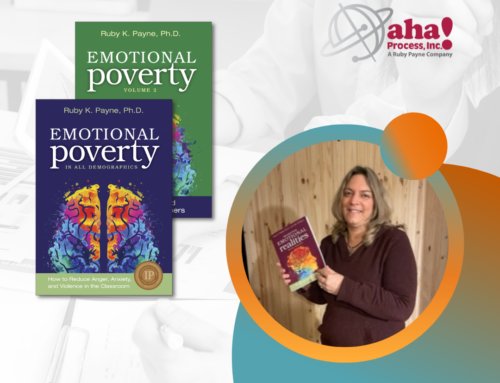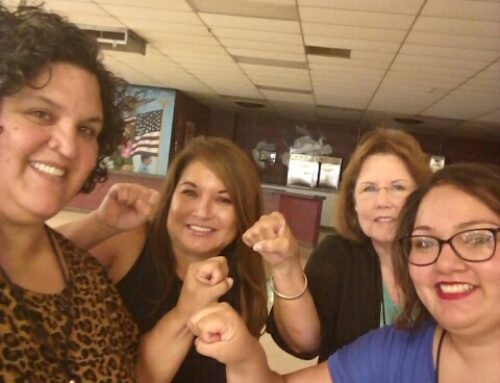If you don’t have an emotional vocabulary to explain what’s going on inside you, it tends to be problematic. If I don’t know how to verbalize, then I will tend to act out. And for males, typically what happens is, when I am very stressed, or I am pushed to the last degree, what I will do is either something physical or I will go into absolute silence—I kind of retreat into my “cave” as we’ll talk about later on.
And here’s why: We’re going to do a combination of both nature and nurture. When we think about nature, that’s the biological development of how we get to where we are. When we talk about nurture, that’s the influences that are in your environment. For males, we have this concept of anger and aggression. If I can’t explain it, what I might do is do something physical.
For example, in the classroom, a student gets upset. You ask the student, “Well, what’s wrong?”
The student says, “Nothing.”
You say, “Well, I can tell something is wrong…” As you try to pursue it in a very good way to try to get some more information, they start to get agitated.
Eventually what you might see them do is they’ll slam the desk and scream out: “Just leave me alone!”
At that point, what all good teachers will do is just think, “Okay, you’re not going to talk to me that way,” and boom, we send them out of the classroom.
Which, in essence, kind of leads the boy to think to himself, “You know what? I should not respond emotionally, so I’m just going to keep it to myself.”
On the other hand, if a boy has an emotional vocabulary, he might be able to share that a little more easily with the adults or even his friends.
Listen to the podcast for tips on helping boys and men build emotional resources.








